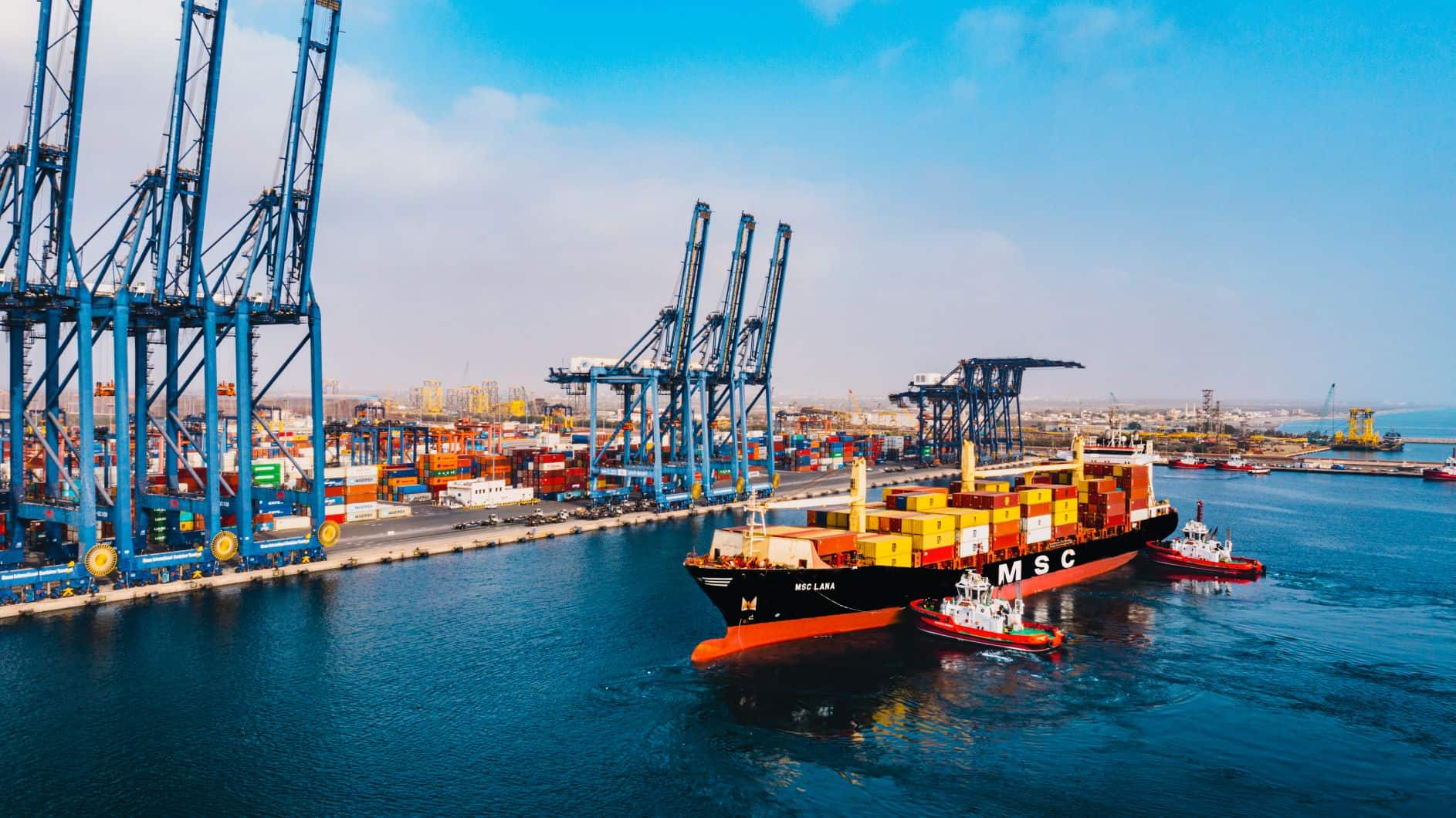Muscat, Oman – Moody’s has upgraded Oman’s credit rating from Ba3 to Ba2 while maintaining a positive outlook due to the reduction in public debt and the improvement in the Sultanate’s ability to meet its financial obligations in 2022.
This comes after S&P revised Oman’s outlook from stable to positive in April.
In its report, Moody’s noted the improvement in the efficacy of fiscal policy and the efficiency of financial governance and attributed the upgrade and the rise in public revenues to the government’s demonstrable efforts to manage its finances and its decision to direct financial surpluses towards reducing public debt.
The agency emphasized that despite the reduction in oil prices, maintaining spending restraint and adopting additional financial measures will result in the public debt rate continuing to improve over the coming years.
Earlier in April, the World Bank said Oman is expected to have the fastest-growing economy among the Gulf Cooperation Council (GCC) countries in 2023, with a projected growth rate of 4.3 percent.
The GCC’s economic growth as a whole is predicted to slow down to 3.2 percent in 2023 and 3.1 percent in 2024, following a growth rate of 7.3 percent in 2022. The report attributes the slowdown to a decline in demand for oil, which is expected to drop from its peak levels in 2022.
Despite the overall slowdown, Oman is projected to maintain relatively high growth due to increased hydrocarbon production capacity, as new natural gas fields are developed.
The country’s positive outlook is also supported by the government’s efforts to reduce its gross debt to 40 percent of GDP in 2022, from around 60 percent in 2021, as well as its initiatives to repair its balance sheet.
The World Bank’s projection for GCC growth has been revised down from its October forecast of 3.7 percent to 3.2 percent, reflecting the anticipated decline in oil prices.
According to Roberta Gatti, the World Bank’s chief economist for the Middle East and North Africa region, “economic growth will slow down in 2023 as the windfall from rising oil prices comes to an end.”








